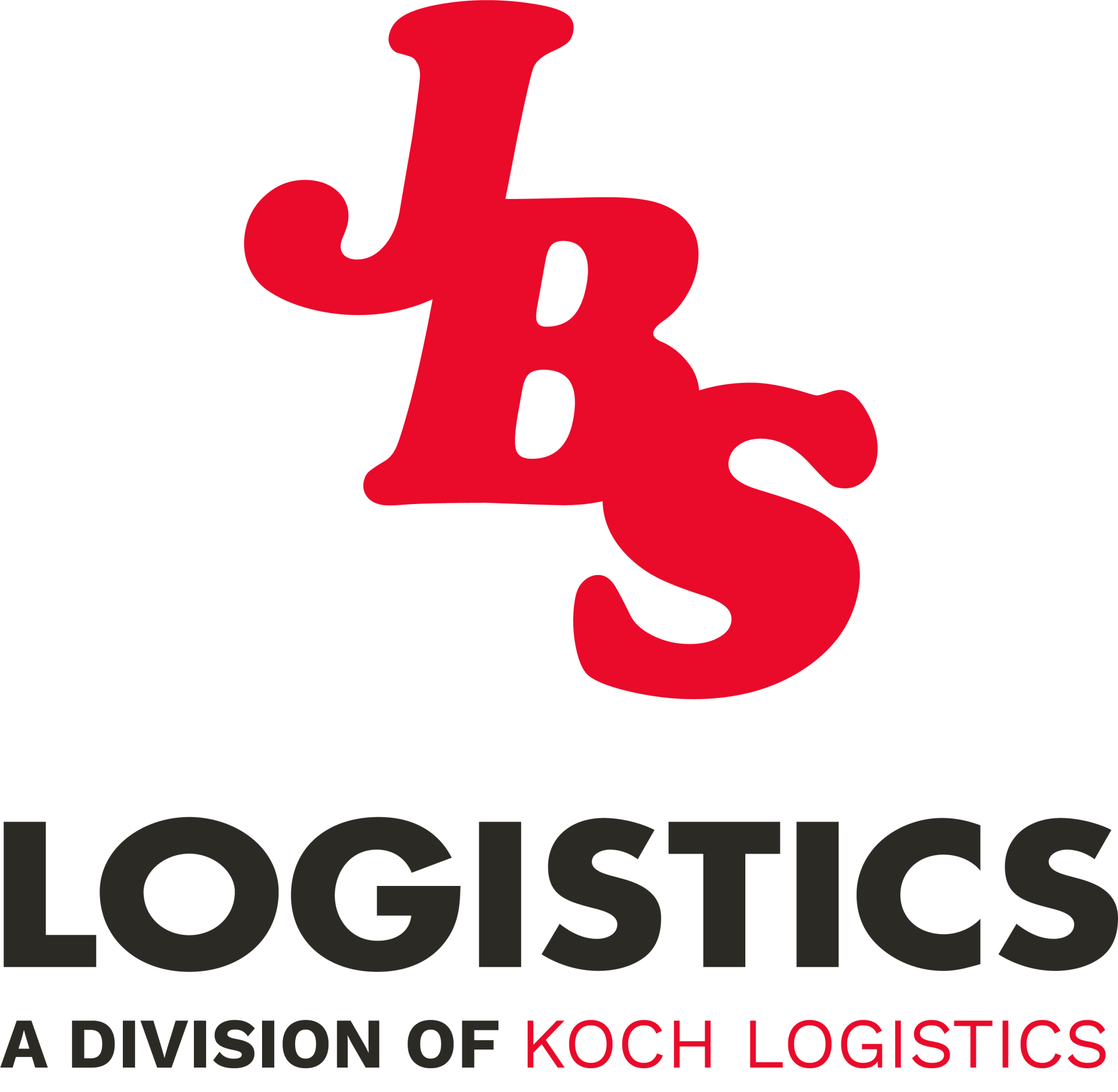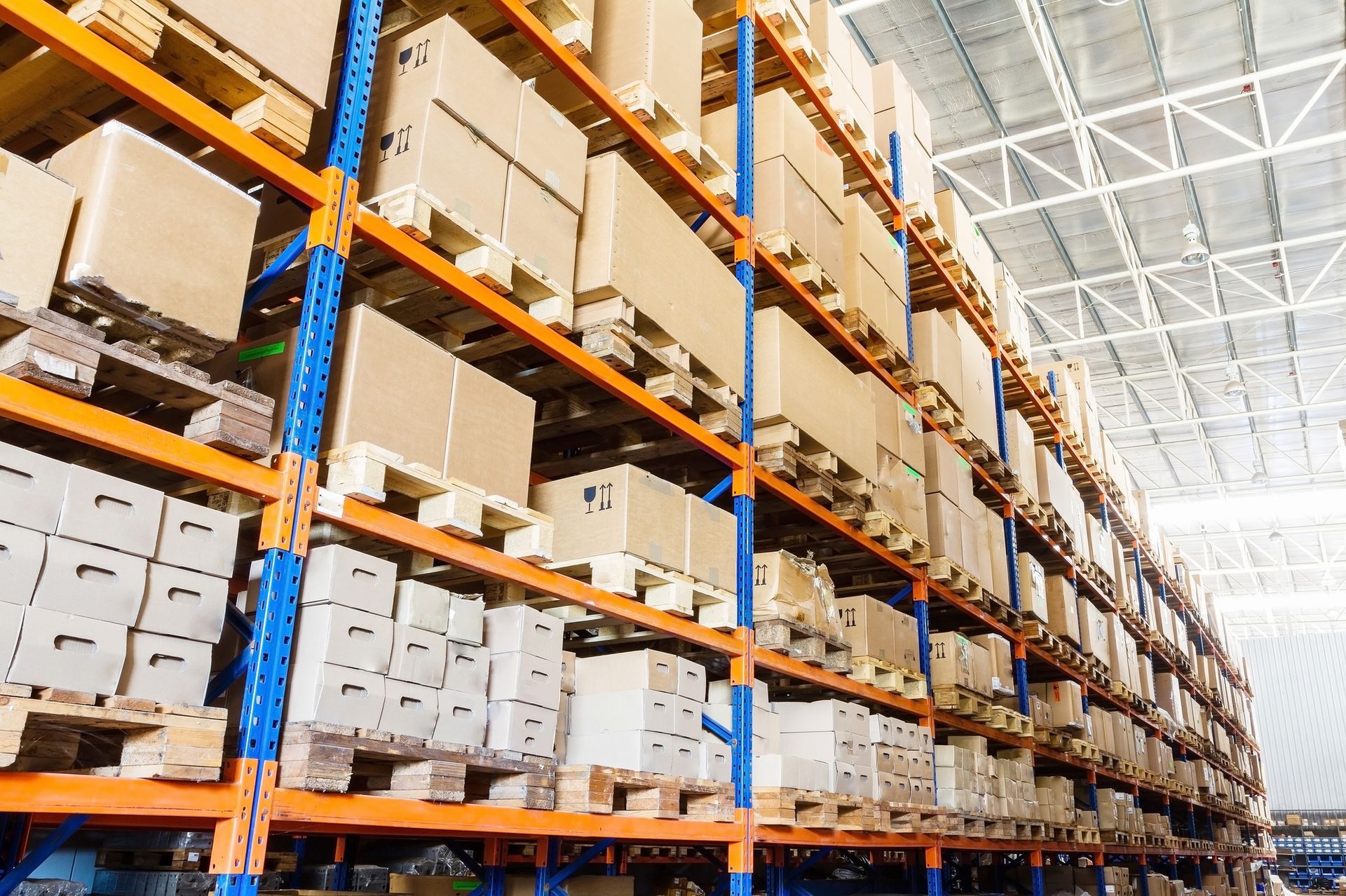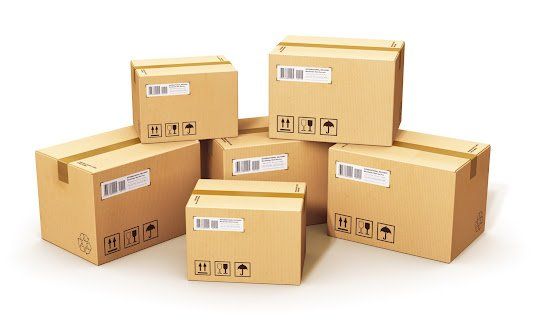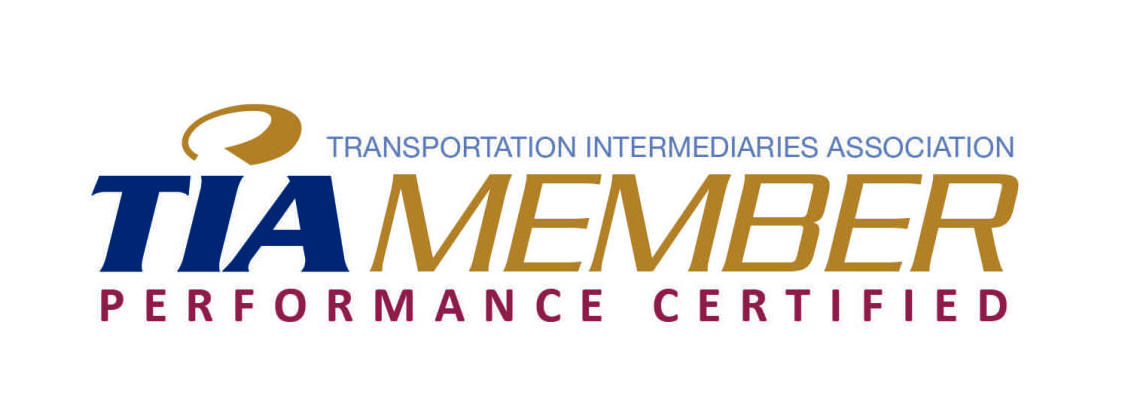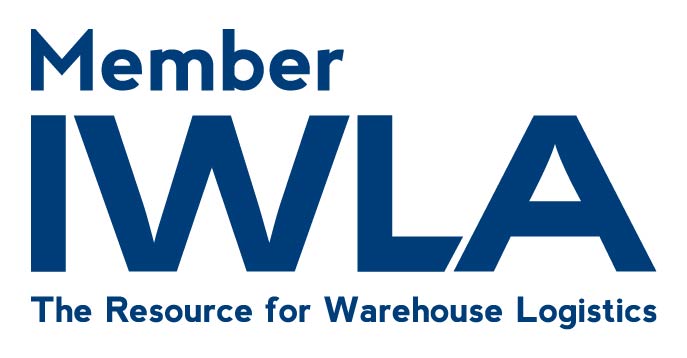Supply Chain Management: 4 Goals That Help Your Bottom Line
websitebuilder • August 13, 2019
This is a subtitle for your new post

How well do you manage your supply chain? As your company grows larger, expands its product lines, and moves into new regions or markets, supply chain management and optimization becomes increasingly more important to secure your bottom line.
1. Stability
You can't run a business if materials aren’t where you need them when you need them. So where do all your materials come from? For most businesses today, at least some of their product materials involve other states and other countries. A clothing manufacturer may use fabrics from local companies, for instance, but those companies may rely on cotton from China or India.
This interconnectedness means your supply chain could be impacted by bad weather, political conflicts like tariffs, natural disasters, or shortages. Good management seeks to minimize these disruptions and create a reliable source for everything with as little lead time as possible. That means needing a trusted logistics partner to help diversify vendors.
2. Efficiency
Once you have a stable supply chain, you can improve its efficiency. How? If you can source honey from local farms rather than a business in Turkey, for example, that material requires much less lead time, uses fewer resources, and needs much less documentation to travel. Your local supplier may store the honey until you need it, reducing storage costs for you. You also don't likely have to deal with middlemen.
Efficiency doesn't just affect physical flows of goods. Partner with a logistics company to manage and reduce the number of separate vendors you deal with and improve the paperwork flow at national borders.
3. Quality
Prioritize high-quality products to avoid conflict, bad word-of-mouth, reputation damage, and decreased customer loyalty. This acts as a ROI to minimize product returns which only cost money to transport, process, and correct. Problems with quality could even get your company in trouble with oversight agencies or in the court system.
Ensure all aspects of your supply chain also prioritize quality. Your supply chain manager should work with vendors that track routine inspections, meet local and federal regulations, and hit your company’s high performance standards.
4. Profitability
Finally, all these other goals feed into the primary purpose of all management within for-profit companies — to boost your bottom line. A toy manufacturer benefits from a stable plastics source that allows it to add more toys to its product line. Efficient transportation gets toys to the store shelves faster and with less cost. And good quality means more positive reviews online before the holiday season.
The goal of increasing profit helps balance out the other goals when decisions are made.
Where Should You Start?
Partner with a reputable logistics expert that can guide you through all aspects of smart supply chain decision. At JBS Logistics, we have helped growing businesses for more than 30 years navigate these goals. Call today to speak with one of our transportation and management experts to see how we can help you.
